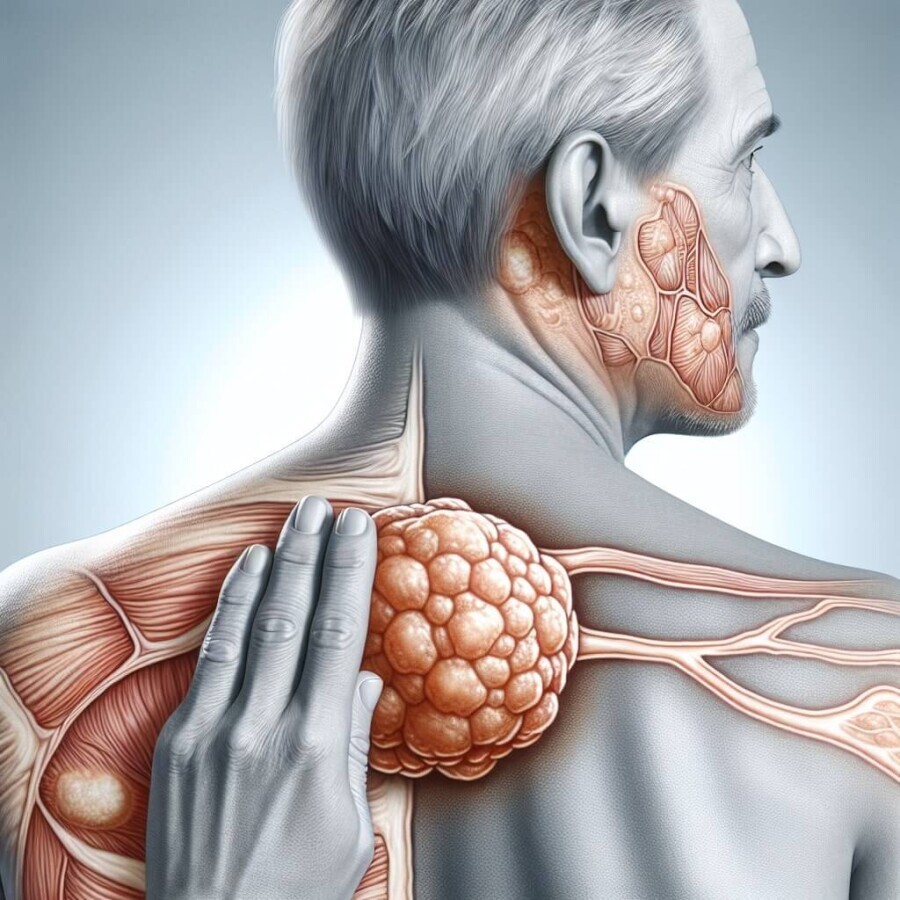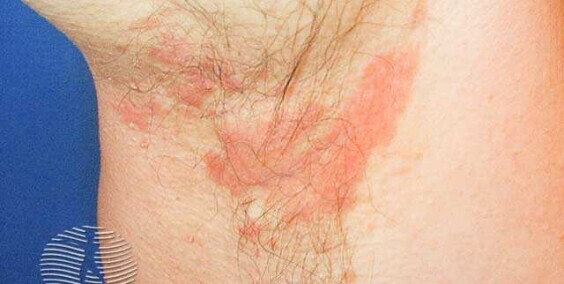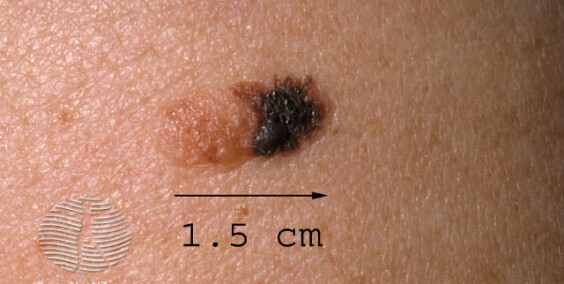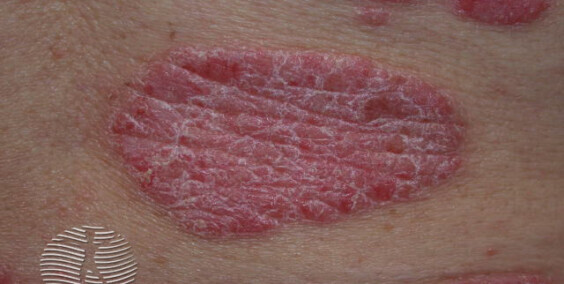A lipoma (fatty tissue) is a non-cancerous, soft, fatty lump that grows under the skin. It is one of the most common types of soft tissue tumors. While lipomas are typically harmless and slow-growing, they can vary in size and are generally movable beneath the skin.
Symptoms
- Soft, rubbery, and easily movable lumps beneath the skin.
- Usually painless, although larger lipomas may press on nerves or cause discomfort.
- They often appear on the shoulders, neck, back, or thighs.
Causes
The exact cause of lipomas is not well understood. However, they are believed to be related to genetic factors, as they sometimes run in families. Additionally, certain conditions such as multiple lipomatosis may predispose individuals to developing multiple lipomas.
Complications
Lipomas are generally benign and do not pose a significant health risk. However, complications may arise if the lipoma presses on nerves, blood vessels, or other structures, leading to pain or discomfort. In rare cases, lipomas may grow deep within the muscle tissue or become larger than usual.
Prevention
There are no known ways to prevent the development of lipomas. Since they are often influenced by genetic factors, individuals with a family history of lipomas may be more prone to developing them. Regular health check-ups can help monitor any changes in the size or characteristics of existing lipomas.
Treatment
In most cases, treatment for lipomas is not necessary unless they become painful, grow larger, or cause cosmetic concerns. Treatment options include:
- Surgical Removal: If a lipoma is causing pain, discomfort, or cosmetic issues, it can be surgically removed. This is a simple procedure usually done under local anesthesia.
- Liposuction: In some cases, liposuction may be used to remove smaller lipomas.
- Steroid Injections: Steroid injections may be considered to reduce the size of lipomas, particularly in cases where surgery is not ideal.
It's important to consult with a dermatologist for a proper diagnosis and to determine the most suitable course of action based on the characteristics and location of the lipoma. Regular monitoring is advised for any changes in size or symptoms.









